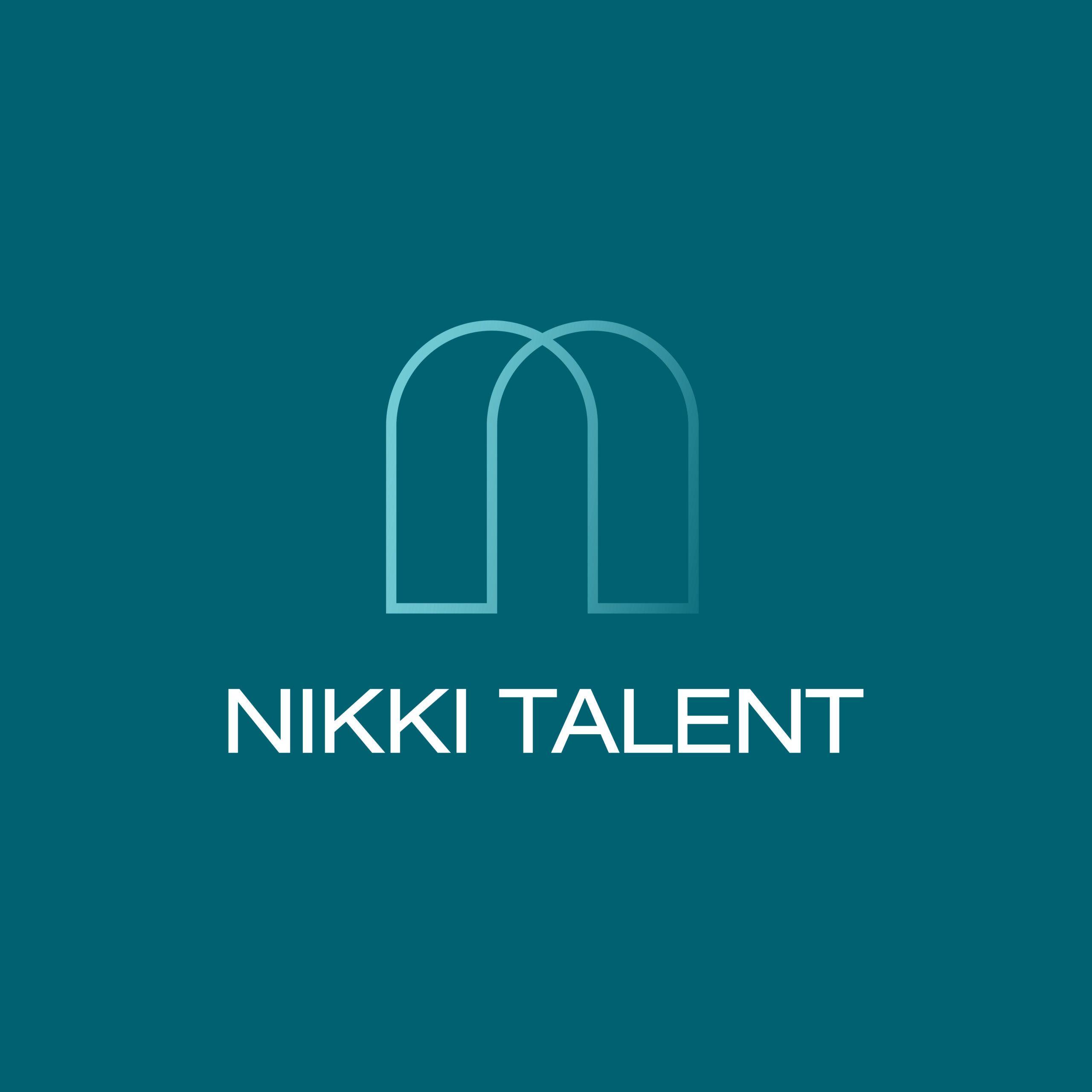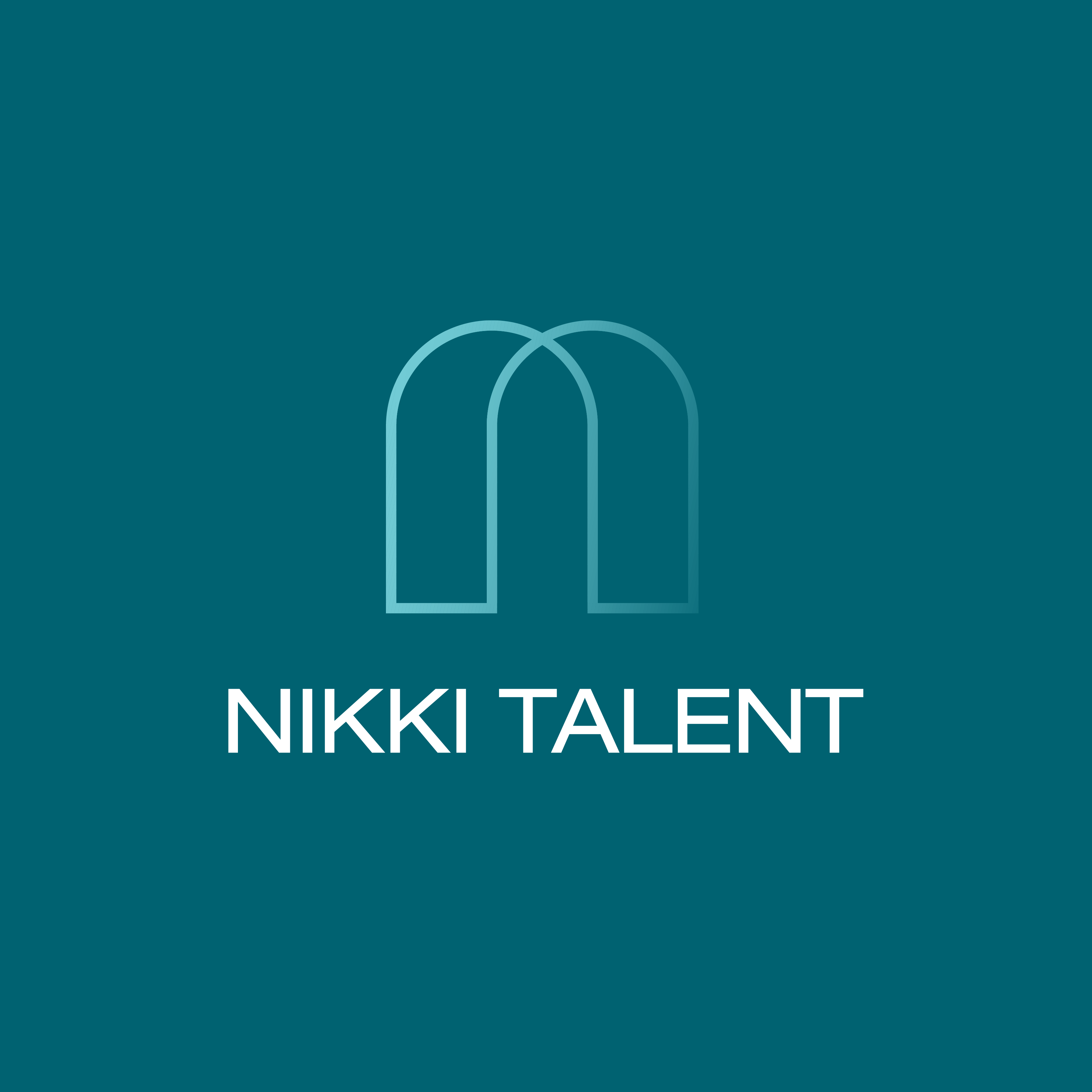Selecting The Right Work Environment As a HR Professional
What To Consider When Looking At Potential Workplaces?
When starting your job search, it’s important to consider what type of workplace suits your needs, skills and career goals. Whether it’s an entrepreneurial start up, or a global matrix company, each has it’s own advantages and points of difference.
It’s useful to carefully consider your experience to date, your long-term career plans and if the company can meet your growth ambitions.
Some elements to consider when deciding between a startup, a boutique company, small to mid enterprise, or a large corporate include:
Consider your immediate and longer-term career plans:
Boutique companies and startups usually both provide a large breadth to your roles. This is great to develop a wide range of skills, to experience different parts of a company and to have variety; no day is the same in a startup or a boutique!
In a large, corporate environment, most roles are highly specific and siloed. Instead of being a Generalist HR Manager in a smaller company where you are involved in a breadth of HR duties from strategic, operational to employee relations, within a matrix organisation, you’ll most likely be a specialist. There typically is a team for each vertical of the role such as an Employee Relations Specialist, Employment Law, Learning and Development, HR Business Partnering, Rewards and Compensation, Global Mobility and so forth. Whereas in a smaller company, you might sign off on Payroll, manage a wide range of Employee Relations matters, be involved in Recruitment and Cultural initiatives, within a major corporation, you will need to be selective as to which part of HR you wish to specialise in.
What helps you to succeed?
Take the time to evaluate what a company will be able to offer you both in the short and long term. Consider your own working patterns and preferences; do you thrive on ambiguity, making influential decisions and using your initiative? Or, do you enjoy focusing and deep-diving into projects in a structured environment? Consider the senior leaders around you, what can you learn from them and how much access to them with you have? Often, in smaller companies, the leadership team is highly visible and present, meaning you can learn from them in real time, shadowing their meetings and watching how they operate. In a larger organisation, the leaders can be more segregated and harder to access on a daily and informal basis.
What are the Learning and Development opportunities available?
A considerable benefit of a large corporation is that they usually have robust Learning and Development teams and budgets. In a smaller team, the L&D is often more employee driven, meaning you need to be proactive about what training and career progression opportunities you wish to undertake. It’s a good idea to ask what the L&D budget is per employee during the interview stages so that you know the allocation ahead of joining. As a member of the HR team in a smaller company, it is likely that you will have an input into developing the L&D remit and wider benefits packages.
Consider the influence and impact you wish to have
In a startup or smaller company, your level of influence and impact may be significantly higher than within a large global corporation. If you’re idea-driven and keen to make changes and implement your vision and strategies, then a smaller or mid-size company could be an environment to consider. Whereas, in a larger network company it could take longer to see ideas become implemented due to more levels of approvals. Many global corporations have their Human Resources strategies established by their main Headquarters. If these are abroad, often the policies and processes need to be aligned to local offices and cultures, whereas in a smaller team, you can be more tailored.
Conclusion
Due to the nature of HR, career opportunities in all company sizes will bring new challenges, situations and opportunities to learn, because the wonderful thing about HR is that we work with and for people. To desire to be able to craft positive workplace change, drive cultural improvements and employee benefits is the same whether you’re in a global corporation or a budding startup. It just depends on what size of team, level of influence and environment works best for you.


